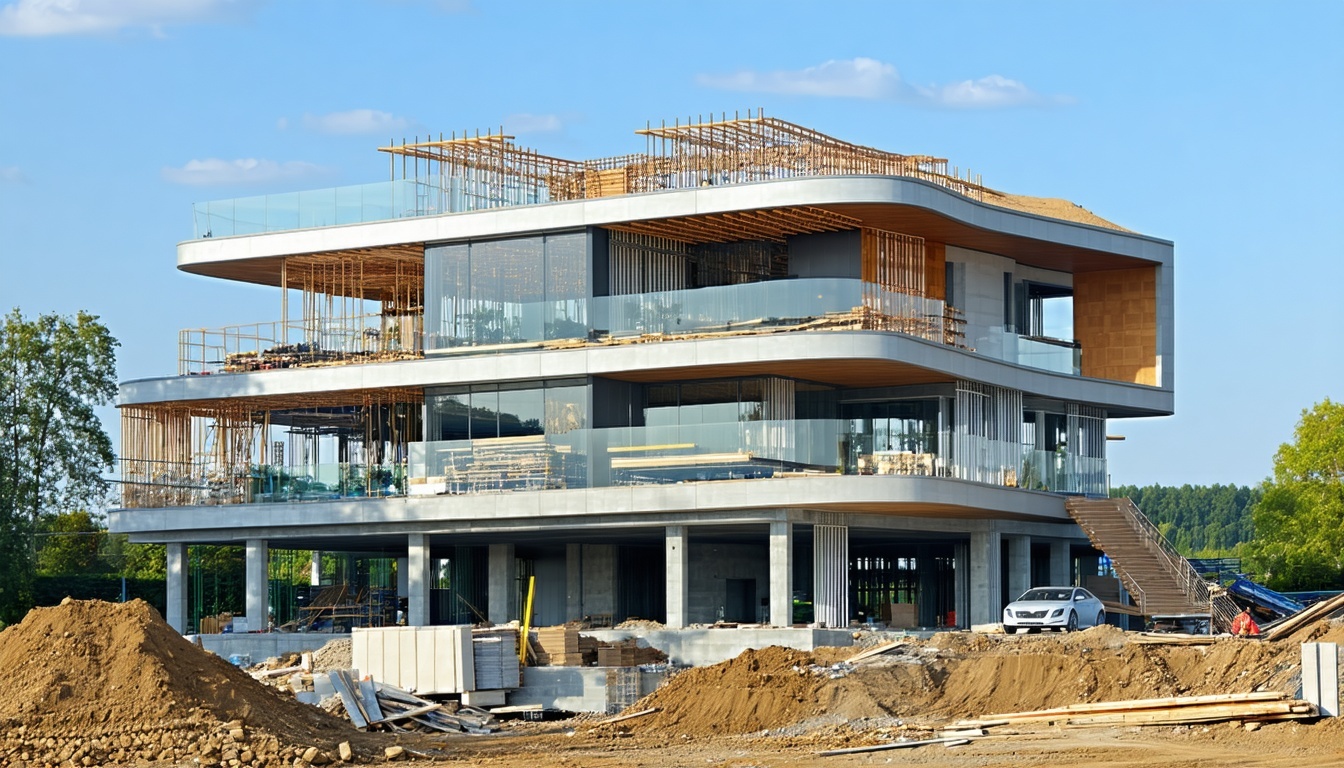In the competitive construction industry, choosing the right energy assessment method can make or break a project. This blog delves into the benefits and drawbacks of VURB assessments compared to DTS and NatHERS software-only approaches, helping you make an informed decision.
Why VURB costs more up front, but can lead to cost savings in material selection and build flexibility
A VURB (Verification Using a Reference Building) assessment can initially seem more expensive compared to DTS (Deemed-to-Satisfy) and NatHERS (Nationwide House Energy Rating Scheme) software-only approaches. The upfront costs are higher because VURB requires a detailed and tailored analysis of the project, which involves more time and expertise from energy consultants. However, this investment can lead to significant cost savings in the long run.
One of the primary advantages of VURB is its flexibility in material selection and building design. Unlike DTS and NatHERS, which often prescribe specific materials and methods to meet compliance, VURB allows for a more customised approach. This flexibility means that builders and designers can choose materials and construction techniques that not only meet energy efficiency standards but also fit within their budget and aesthetic preferences. Over time, this can lead to substantial savings in material costs and increased overall project efficiency.
How it reduces long-term costs through better thermal performance
VURB assessments are designed to optimise thermal performance by evaluating the building as a whole system rather than a set of individual components. This holistic approach ensures that all aspects of the building work together to achieve maximum energy efficiency. As a result, buildings assessed using VURB typically have superior thermal performance compared to those assessed using DTS or NatHERS alone.
Better thermal performance translates to lower heating and cooling costs over the building's lifecycle. By minimising energy loss and improving insulation, VURB can help building owners achieve significant reductions in their energy bills. Additionally, improved thermal performance enhances occupant comfort, which can be a crucial factor in commercial and residential projects alike.
Timeframe comparisons with other energy assessment pathways
When it comes to the time required for an energy assessment, VURB can be more time-consuming initially. The detailed analysis and customised approach mean that consultants need more time to complete a VURB assessment compared to a DTS or NatHERS software-only assessment. However, this time investment is often justified by the long-term benefits.
DTS and NatHERS assessments are generally quicker because they follow standardised procedures and use pre-defined criteria. However, this speed comes at the cost of flexibility and optimisation. In contrast, the time spent on a VURB assessment can lead to a more energy-efficient and cost-effective building in the long term, making the initial time investment worthwhile.
Case example or general scenario showing cost-effectiveness
Consider a hypothetical scenario where a developer is planning a new residential development. Using a DTS approach, the developer might be required to use specific insulation materials and window types to meet compliance. These prescribed materials could be more expensive or less effective in the specific climate and context of the development.
Alternatively, if the developer opts for a VURB assessment, the consultants can tailor the energy efficiency measures to the specific needs of the project. For example, they might identify more cost-effective insulation materials that perform better in the local climate or suggest alternative window designs that provide better thermal performance at a lower cost. Over the lifecycle of the building, these optimised choices can lead to significant cost savings in both construction and ongoing energy costs.
When it makes financial sense to choose VURB over DTS or NatHERS-only compliance
Choosing VURB over DTS or NatHERS-only compliance makes the most financial sense in projects where long-term energy efficiency and cost savings are a priority. For example, in large-scale residential developments or commercial buildings where energy costs can be a significant portion of operating expenses, the optimisation provided by a VURB assessment can lead to substantial savings.
Furthermore, projects that require a high degree of design flexibility or have unique architectural features can benefit greatly from a VURB assessment. The ability to customise material selection and design elements to achieve compliance can lead to a more efficient and cost-effective build. In these scenarios, the initial higher cost and longer timeframe of a VURB assessment are outweighed by the long-term benefits and savings.







